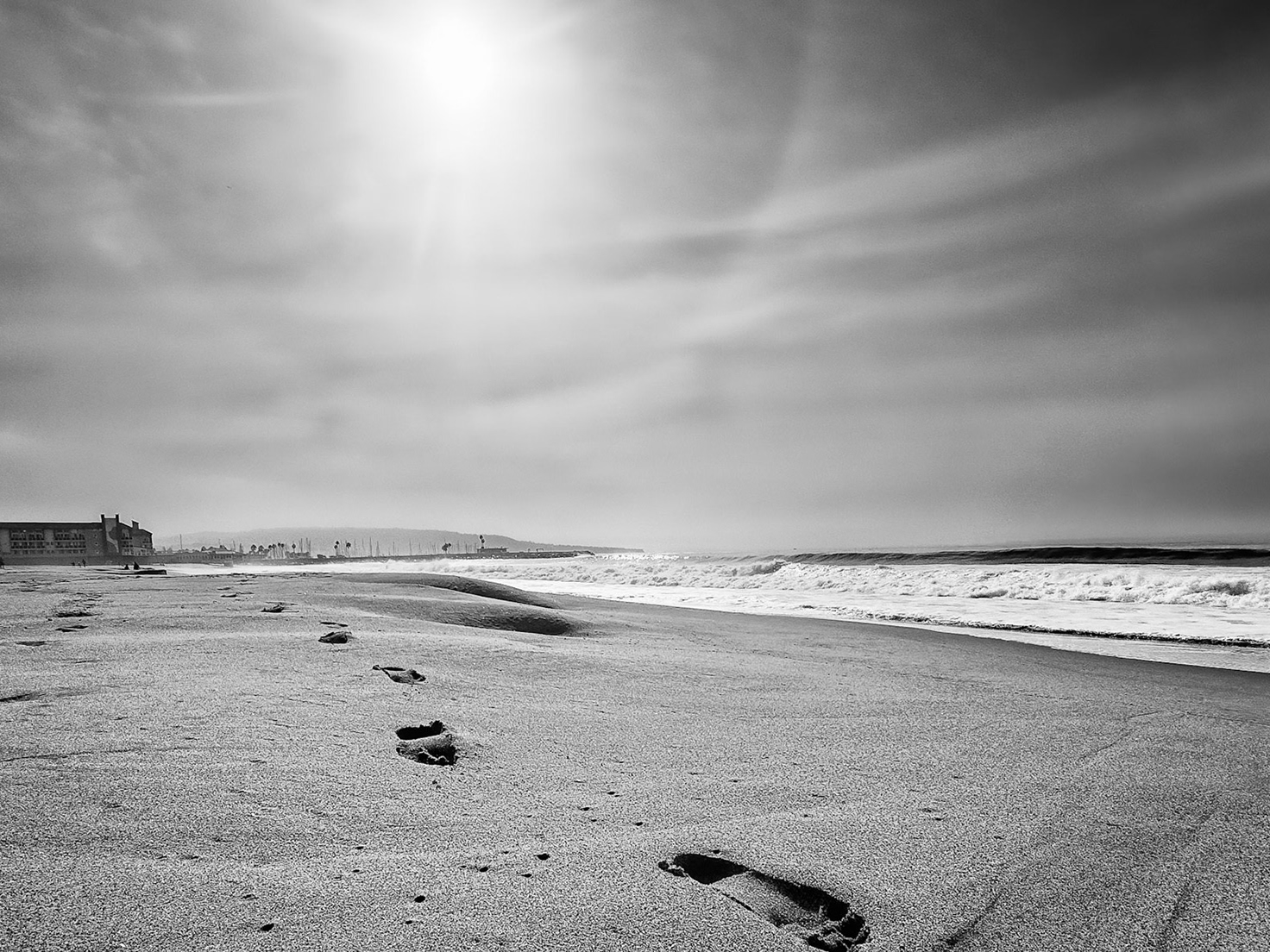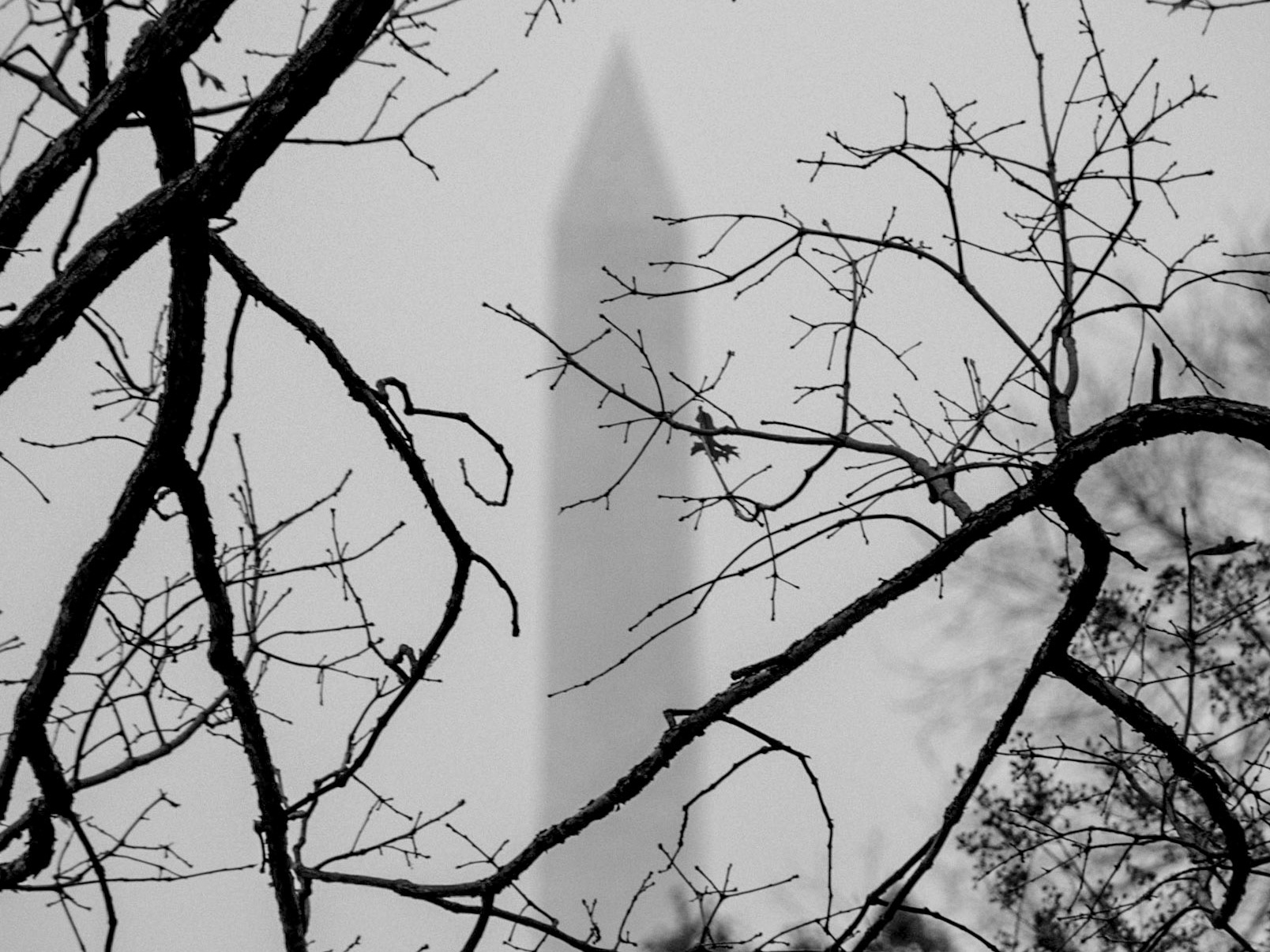
The sun tries to break through the clouds at the Cape of Good Hope, South Africa

Some "mild weather" off the cape of Good Hope, South Africa. That's one ominous looking sky to me. Imagine if you were sailing these waters in the 1800's and didn't have all our modern weather forecasting, ocean tide and current charts, GPS positioning data, etc.. Makes what was done even that much more impressive.Can you spot the line between the Indian and Atlantic Oceans?

The African penguin (Spheniscus demersus), also known as Cape penguin or South African penguin, is a species of penguin confined to southern African waters.Who wouldn't want to be spending their time on a beach in Cape Town, South Africa! I still think it's odd to see penguins in warm climates like South Africa, or the Galapagos Islands - but hey - why not - there are plenty of fish to eat and who doesn't enjoy hanging out on the beach or in warm South Pacific water.

South Africa penguins appear to be racing on the --- BEECH ?? Yah it seemed odd but there were hundreds if not more.

A hippo gets ready for a big yawn. The camera motor drive did it's job! Check out these 9 images to was the worlds largest lawn!

Part 2 of 9 of the sequence of a hippo yawning

Part 3 of 9 of the sequence of a hippo yawning

Part 4 of 9 of the sequence of a hippo yawning

Part 5 of 9 of the sequence of a hippo yawning

Part 6 of 9 of the sequence of a hippo yawning

Part 7 of 9 of the sequence of a hippo yawning

Part 8 of 9 of the sequence of a hippo yawning

Part 9 of 9 of the sequence of a hippo yawning

Nambian fisherman on the Chobe River in a dugout canoe.

A herd of elephants enjoys a drink in the Chobe River, Botswana.

Playful SmileTwo young bulls continue to frolic in the Chobe River, Botswana, after the matriarch trumpets to leave.Asian and African elephants can be differentiated most easily by their ears, their head shape, and their tusks. African elephants have much larger ears that look sort of like the continent of Africa, while Asian elephants have smaller, round ears. Both male and female African elephants can have tusks, but only male Asian elephants can grow them.

Three bull African Elephants on the Chobe River, Botswana. There can be little doubt these three bulls know they're large and in charge! I couldn't help but notice these 3 perfect profiles all exhibiting the forms of these these wonderful animals in all their grandeur. Left: kicking up dust to graze is highlighted by the setting sun. Center: fans his ears to cool himself with his side profile accented by the side light. The right one shows a wonderful silhouette with just a hint of light on it's ear and rump. I like that balance with the 3 distant trees

A bull elephant feeds along the Chobe River, Botswana. I swear he's smiling and giving me a glance in this shot

Sundown at the Victoria Falls Game Lodge in Zimbabwe didn’t disappoint! There’s something magical about these types of scenes, and capturing the moment is as much about being in the right place at the right time - and - having a camera handy!

A double rainbow at Victoria Falls as seen from the Zimbabwe side.

Mist and trees frame a view of Victoria Falls

The setting sun along the Zambezi River shoreline seems to set the sky ablaze.

Zambezi River sunset

The red tufts on the upper chest indicate this is a male Giant Kingfisher (Megaceryle maxima)

There are over 90 species of kingfisher, and they come in various colors and sizes.

Let's all sing along: "home, home on the planes. Where the elephants and white rhinos play,.."

Southern white rhinoceros or square-lipped rhinoceros (Ceratotherium simum) - ThornyBush Private Game Preserve, South Africa

An Oxpecker whispers sweet nothings into the ear of a White Rhino in Thornybush Game Preserve, South Africa

Local thatcher hard at work re-roofing the visitor center at Victoria Falls National Park, Zimbabwe.

A leopard relaxes post feast - glad I wasn't the main course,

Safari Happy Hour

A bull Wildebeast (or Gnu) churning up dust while marking his territory to make a resting spot in Thornybush Game Preserve, South Africa.

Our tracker, Simon, in ThornyBush, South Africa, checking out "wildlife" - but it was me :-D LOLOkay - so I called his name as a distraction to create a kinda funny scene. What's life without a little bit of fun :-D

Look closely and you'll see two Oxpeckers (Red-billed oxpecker (Buphagus erythrorhynchus)). One hitching a ride up top, another doing some grooming lower on the neck.

Typical Giraffe - they're always tough to spot as they tend to hide behind the trees.

A small tower of giraffes enjoying a snack in Thorny Bush Wildlife Preserve.

Joe, our ranger while in Thornybush, in a casual moment as we chat

Zebra with a wink and smile as we tour Thornybush Game Preserve, South Africa

The most common species of hornbill found in Africa. They're herbivores whose diet consists of fruits, seeds, and insects.

The metalic sheen to the plumage is typical of the show boating males.

Also called a Snake Bird. A common pose along the waterside spreading its wings and drying its feathers in the wind because its feathers (unlike most water birds) do not contain any oil and are not waterproof

Huberta The Hippopotamus enjoying a mud bath in the evening light on the Chobe River, Botswana, while the Red-Billed Oxpecker (Buphagus erythrorynchus) enjoy their view.

Also called blacksmith plover. Its call is a loud ringing “tink-tink-tink” call is uttered in series, like a blacksmith hammering on an anvil.

A group of Marabou Stork (Leptoptilos crumenifer) hang out. Made me think of a 'hanging tree' like the old spagetti western movies.

Nile Crocodile (Crocodylus niloticus)I still not sure if the croc is grinning to try and lure me closer - or grinning because he's already pleasantly full :-O

Nile Crocodile (Crocodylus niloticus)I can't help but believe every crocodile I've seen is smiling. What makes me nervous is WHY they appear to be smiling.

Botswana Nat'l Park guide

Paula taking the sites on the river in Botswana

10 Nov 2017: somewhere in Africa. Brian Huculak - selfie.

Every watering hole, large or small, has visitors. I liked the reflection of the elephants as they casually paid us no heed.

An African Fish Eagle (Haliaeetus vocifer) pursues a White-backed Vulture (Gyps africanus). Had the Fish Eagle been insulted or simply looking for lunch we'll never know.

Southern Masked Weaver (Ploceus velatus)The acrobatics involved in building the nests are impressive. Here's a few shots of that process.

Southern Masked Weaver (Ploceus velatus)The acrobatics involved in building the nests are impressive. Here's a few shots of that process.

Checking out the buffet along the Chobe River. They spend most of the day perching on a branch overlooking the river searching for food and resting, but every couple of minutes they will take to the sky and hover in place for a couple of seconds before dive-bombing into the river.

It almost exclusively eats snails and bivalves, as its bill is specially adapted to extract the meat without even breaking the shell

Widely distributed around the globe, the egret has four subspecies found in Asia, Africa, the Americas, and southern Europe. As such it has a familiar look to many bird watchers from around the world.

No caption

They feed on flying insects especially bees, wasps and hornets. They hawk insects aerially and then return to the perch to beat them to death.

This one is dry, compare to the puffed up fluffly one drying after a bath.

This one is drying off after a bath or possibly a rain shower (albeit we didn't get a lot of rain the dirt road was damp), compare to the other image here of a dry one.

An elephant died on the banks of the Chobe River (natural causes, not attached by crocodile), and the subsequent cycle of life commences. We watched the crocodiles feed over the next few days as their numbers grew.Nile Crocodile (Crocodylus niloticus)

Size matters and this shows gives a little of perspective as to the relative sizes of these reptiles are to each other. Nile Crocodile (Crocodylus niloticus)

There has been an age old question: "How do you eat an elephant?"Nile Crocodile (Crocodylus niloticus)

The answer from the question posted in Image 4: "One bite at a time." And down the hatch another bite goes.Nile Crocodile (Crocodylus niloticus)

Somehow those tusks don't make me feel like getting much closer as the warthog grazes. Oddly - they wander everywhere, even serve as excellent lawn mowers within the game lodge perimetres and never paid us any mind.

Big daddy hangs out with his pride by the watering home.

It's amazing how alert this female lion is even when grabbing a quick sip at the watering hole.

Truly she's looking into my lens as if I AM DINNER. Not sure even this long lens would have made a difference had she decided she needed a snack :-O






















































































